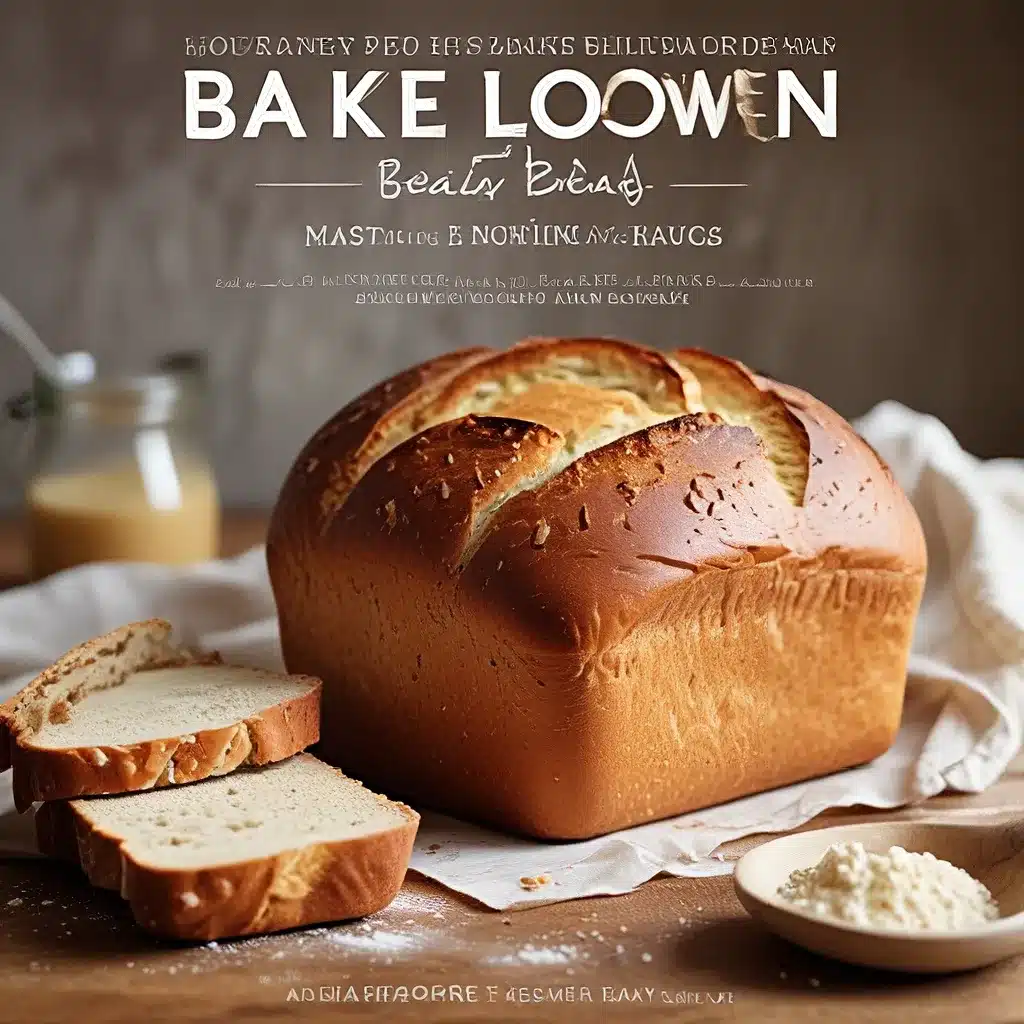
Unlocking the Secrets of Artisanal Bread Baking
As a lifelong lover of all things culinary, I’ve always had a special place in my heart for the art of bread making. There’s something truly magical about the process of transforming a few simple ingredients – flour, water, yeast, and salt – into a golden, crusty loaf that fills your kitchen with the most mouthwatering aroma. And when it comes to homemade bread, Julia Child’s French Bread has long been considered the holy grail.
I’ll admit, I was a little intimidated at first by the prospect of tackling this classic recipe. After all, the idea of kneading dough, waiting for multiple rises, and attempting to achieve that perfect Parisian-style crust seemed like a lot of work. But as a lifelong fan of Julia’s, I just couldn’t resist the challenge. And let me tell you, once I finally mustered up the courage to give it a try, I was hooked.
The Joy of Homemade Bread
There’s just something so deeply satisfying about baking your own bread from scratch. It’s a process that requires patience, attention to detail, and a willingness to get your hands a little dirty. But the payoff is truly remarkable. When you pull that golden, crusty loaf out of the oven and hear that glorious crackle as you slice into it, it’s an experience that simply can’t be replicated by store-bought bread.
And the best part? Homemade bread is actually much easier to master than you might think. With the right techniques and a bit of practice, anyone can become a bread-baking pro. In fact, I’d argue that it’s one of the most rewarding and satisfying hobbies a home cook can take on.
Mastering the Art of Homemade French Bread
Now, I know what you’re thinking – “But Julia Child’s recipe is so complicated!” And yes, it does require a bit more effort than your average loaf of bread. But trust me, it’s well worth it. The key is to approach the process with patience, attention to detail, and a willingness to experiment.
One of the most important things to remember is that bread dough is a living, breathing thing. It responds to temperature, humidity, and even the way you handle it. So, you have to be willing to adjust your technique as you go, paying close attention to how the dough is behaving and making tweaks as needed.
Another crucial element is understanding the importance of the two long rises that Julia’s recipe calls for. This is what helps develop the complex flavors and perfect crumb that make this bread so special. It may seem like a lot of waiting around, but I promise it’s time well spent.
And when it comes to shaping the loaves, don’t be intimidated! Julia’s method of gently stretching and folding the dough into those classic baguette shapes is actually quite simple once you get the hang of it. Just take your time, be gentle, and don’t be afraid to experiment until you find a technique that works for you.
The Perfect Crust and Crumb
Of course, no discussion of Julia Child’s French Bread would be complete without talking about the crust and crumb. This is where the magic really happens, and where you’ll see the true payoff of all your hard work.
The key to achieving that perfect, golden-brown crust is all about adding moisture to the oven. Julia’s trick of placing a pan of hot water underneath the bread as it bakes helps to create the steam that’s essential for developing that crisp, crackly exterior.
And as for the crumb, well, that’s where the two long rises come into play. By allowing the dough to slowly develop its flavors and structure over the course of several hours, you end up with a light, airy, and slightly chewy interior that’s simply irresistible.
Of course, the type of flour you use can also play a big role in the final texture and flavor of your bread. I’ve found that using a high-quality bread flour or even a specialty French-style flour can make a huge difference. But don’t worry if you’re not able to track down those specialty ingredients – all-purpose flour will work just fine too.
Embracing the Process
One of the things I love most about baking homemade bread is the way it forces you to slow down and be present in the moment. It’s a process that can’t be rushed, and that’s part of what makes it so special.
Sure, it may take a bit more time and effort than picking up a loaf at the grocery store. But the satisfaction you’ll feel when you bite into that first slice of warm, freshly-baked bread is truly unparalleled. And the way it brings people together – the shared experience of kneading, rising, and baking – is something that just can’t be replicated.
So if you’re feeling a little intimidated by the prospect of homemade bread, I encourage you to take the plunge. Start with Julia’s classic French Bread recipe, and don’t be afraid to experiment and find your own rhythm. Trust me, once you get a taste of that freshly-baked goodness, you’ll be hooked for life.
A Journey of Endless Possibilities
And who knows where this bread-baking journey might take you? Maybe you’ll start experimenting with different flours, or trying your hand at sourdough. Perhaps you’ll even become one of those bread-baking enthusiasts who names their starter and treats it like a member of the family (guilty as charged!).
The beauty of homemade bread is that it’s an endless source of exploration and discovery. There’s always something new to try, whether it’s a unique scoring pattern, a different shaping technique, or a creative flavor combination. The possibilities are truly endless.
So, what are you waiting for? Grab your apron, fire up the oven, and let’s get baking! I promise, you won’t regret it.

